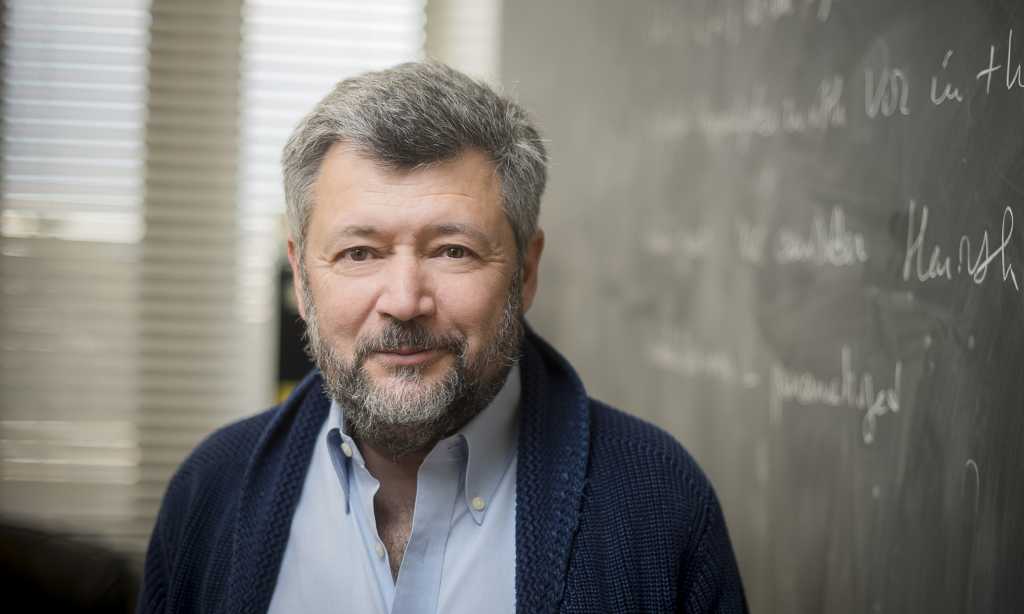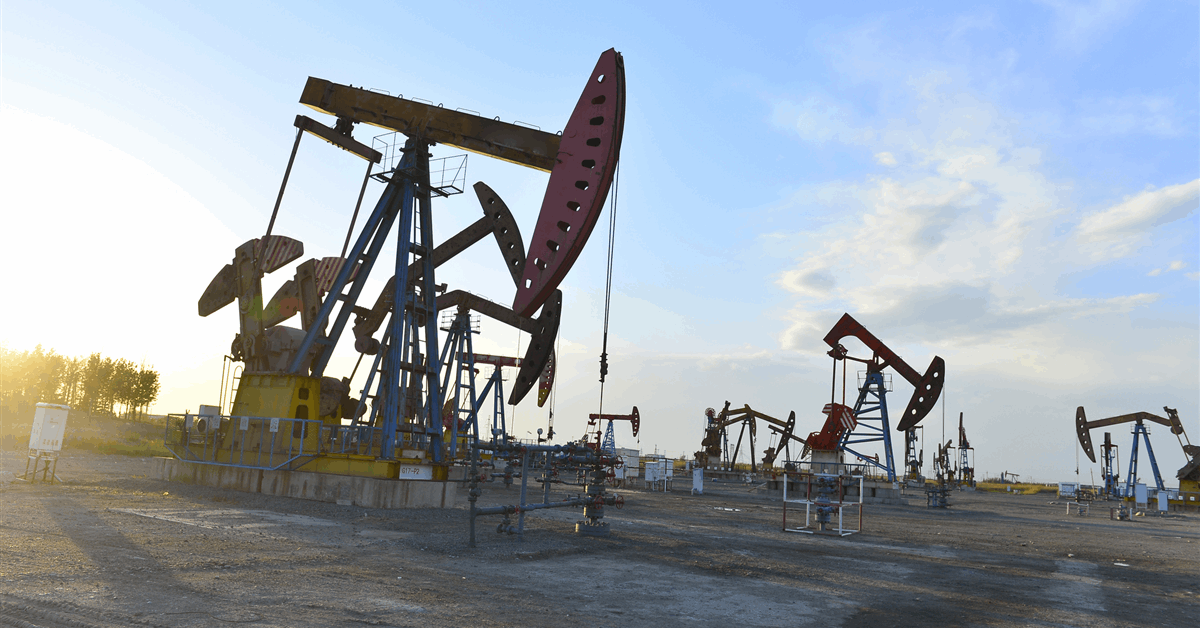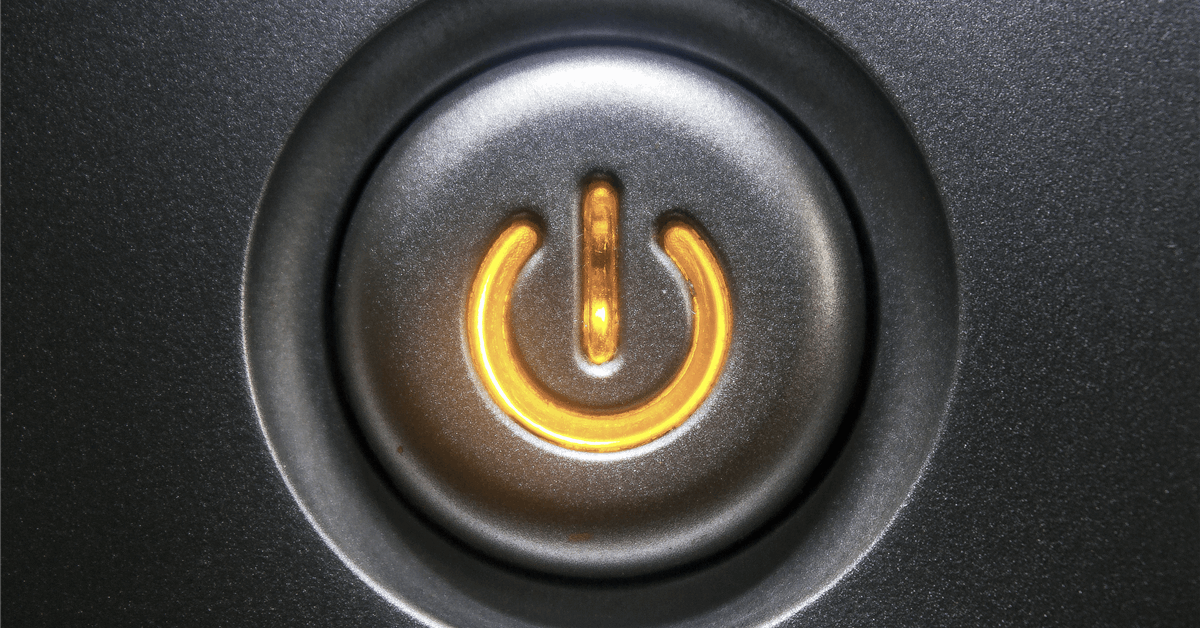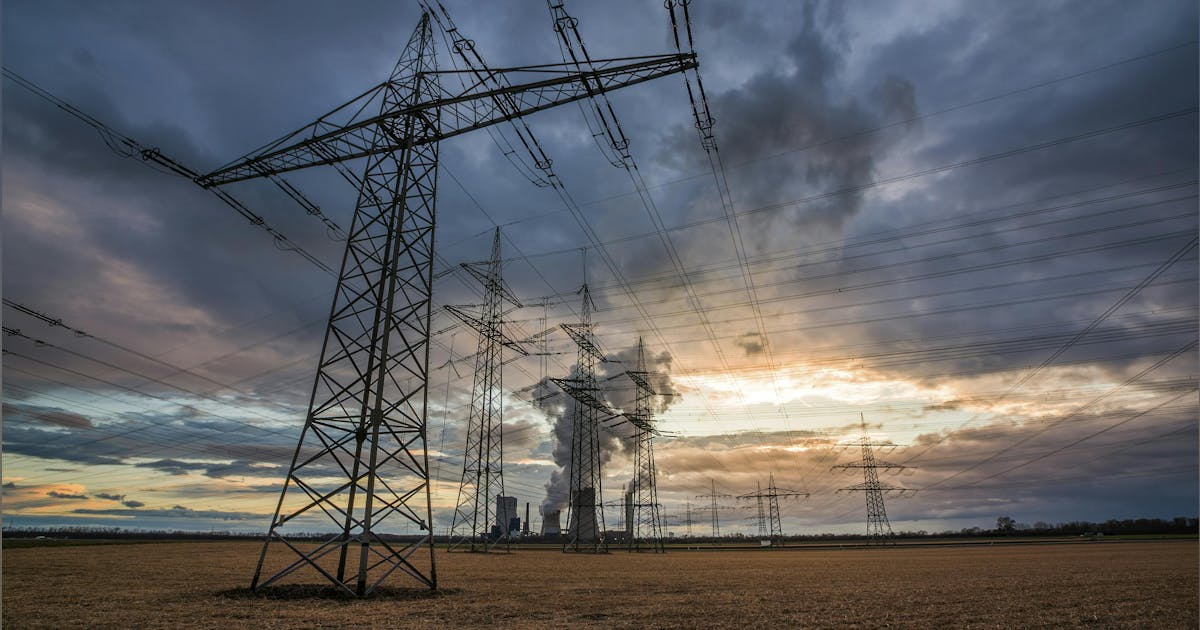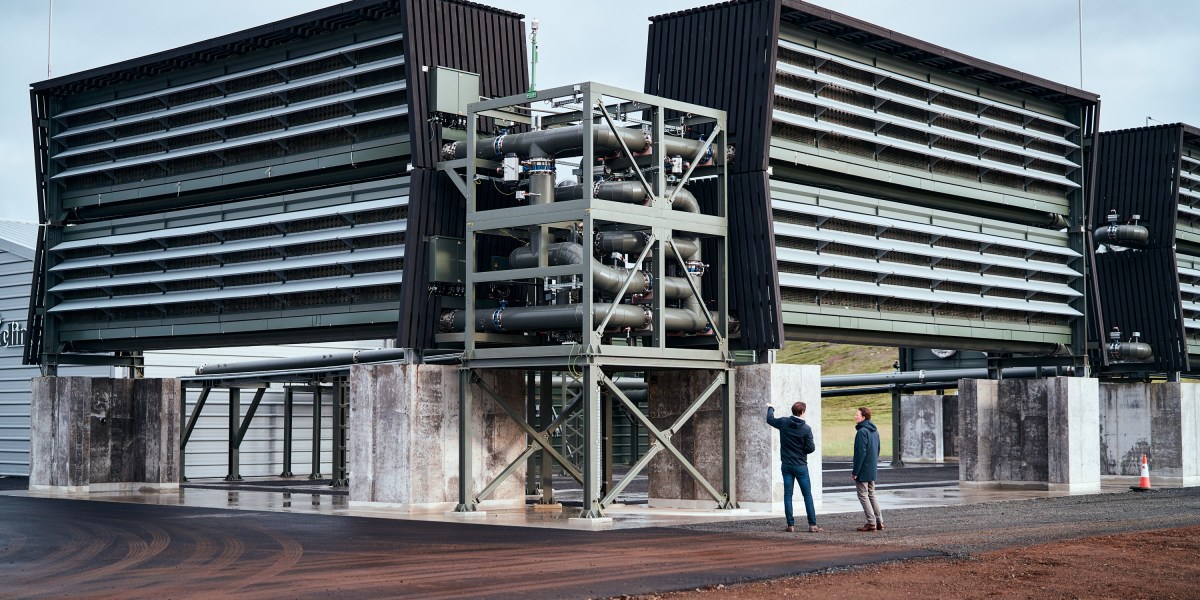
At what point will OPEC+ turn to cuts?
That was one of the questions Skandinaviska Enskilda Banken AB (SEB) Chief Commodities Analyst Bjarne Schieldrop asked in a report sent to Rigzone by the SEB team on Tuesday, which focused on the OPEC+ group.
“When will OPEC+ turn around to make some cuts? At what (price) point will they choose to stabilize the market? Because for sure they will,” Schieldrop said in the report.
“Higher oil inventories, some more shedding of drilling rigs in U.S. shale, and Brent into the 50ies somewhere is probably where the group will step in,” he added.
“There is nothing we have seen from the group so far which indicates that they will close their eyes, let the world drown in oil and the oil price crash to $40 per barrel or below,” Schieldrop continued.
The SEB analyst went on to note in the report that the message from the group, as far as SEB manages to interpret it, is twofold.
“One, taking back market share which requires a lower price for non-OPEC+ to back off a bit. And two, oil market stability and balance,” he said.
“It is not just about [point] one. Thus, fretting about how we are all going to drown in oil in 2026 is totally off the mark by just focusing on point one,” he added.
A statement posted on OPEC’s website on Sunday revealed that Saudi Arabia, Russia, Iraq, the United Arab Emirates (UAE), Kuwait, Kazakhstan, Algeria, and Oman “decided to implement a production adjustment of 137,000 barrels per day” in a virtual meeting held on October 5. The statement highlighted that this adjustment will be implemented in November.
In the SEB report, Schieldrop pointed out that “the rebound we now have gotten post the message from OPEC+ over the weekend is to a large degree a rebound along the curve rather than much strengthening at the front-end of the curve”.
“That part of the curve structure is almost as weak as it was last Thursday,” he added.
Schieldrop also stated in the report that we are still on a weakening path.
“The message from OPEC+ over the weekend was we are still on a weakening path with rising supply from the group,” he said.
“It is just not as rapidly weakening as was feared ahead of the weekend when a quota hike of 500,000 barrels per day per month for November was discussed,” he added.
Shieldrop noted in the report that the Brent curve is on its way to full contango with Brent dipping into the $50ies per barrel.
“Thus, the ongoing weakening we have had in the crude curve since the start of the year, and especially since early June, will continue until the Brent crude oil forward curve is in full contango along with visibly rising U.S. and OECD oil inventories,” he warned.
“The front-month Brent contract will then flip down towards the $60 per barrel line and below into the $50ies per barrel,” Schieldrop added.
Rigzone has contacted OPEC for comment on the SEB report. At the time of writing, OPEC has not responded to Rigzone.
The statement posted on OPEC’s website on Sunday said, “the eight OPEC+ countries, which previously announced additional voluntary adjustments in April and November 2023, namely Saudi Arabia, Russia, Iraq, UAE, Kuwait, Kazakhstan, Algeria, and Oman met virtually on 5 October 2025, to review global market conditions and outlook”.
“In view of a steady global economic outlook and current healthy market fundamentals, as reflected in the low oil inventories, the eight participating countries decided to implement a production adjustment of 137,000 barrels per day from the 1.65 million barrels per day additional voluntary adjustments announced in April 2023,” it added.
According to a table accompanying the statement, Saudi Arabia and Russia’s adjustment amounts to 41,000 barrels per day, each. Iraq’s comes to 18,000 barrels per day, the UAE’s is 12,000 barrels per day, Kuwait’s is 10,000 barrels per day, Kazakhstan’s is 7,000 barrels per day, Algeria’s is 4,000 barrels per day, and Oman’s is 4,000 barrels per day, the table outlined.
The table highlighted that November 2025 “required production” is 10.061 million barrels per day for Saudi Arabia, 9.532 million barrels per day for Russia, 4.255 million barrels per day for Iraq, 3.399 million barrels per day for the UAE, 2.569 million barrels per day for Kuwait, 1.563 million barrels per day for Kazakhstan, 967,000 barrels per day for Algeria, and 808,000 barrels per day for Oman.
“The 1.65 million barrels per day may be returned in part or in full subject to evolving market conditions and in a gradual manner,” the OPEC statement said.
“The countries will continue to closely monitor and assess market conditions, and in their continuous efforts to support market stability, they reaffirmed the importance of adopting a cautious approach and retaining full flexibility to pause or reverse the additional voluntary production adjustments, including the previously implemented voluntary adjustments of the 2.2 million barrels per day announced in November 2023,” it added.
“The eight OPEC+ countries also noted that this measure will provide an opportunity for the participating countries to accelerate their compensation. The eight countries reiterated their collective commitment to achieve full conformity with the Declaration of Cooperation, including the additional voluntary production adjustments that will be monitored by the Joint Ministerial Monitoring Committee,” it continued.
“They also confirmed their intention to fully compensate for any overproduced volume since January 2024,” it went on to state.
The OPEC statement also highlighted that the eight OPEC+ countries will hold monthly meetings “to review market conditions, conformity, and compensation”. It added that the eight countries will meet again on November 2.
To contact the author, email [email protected]

